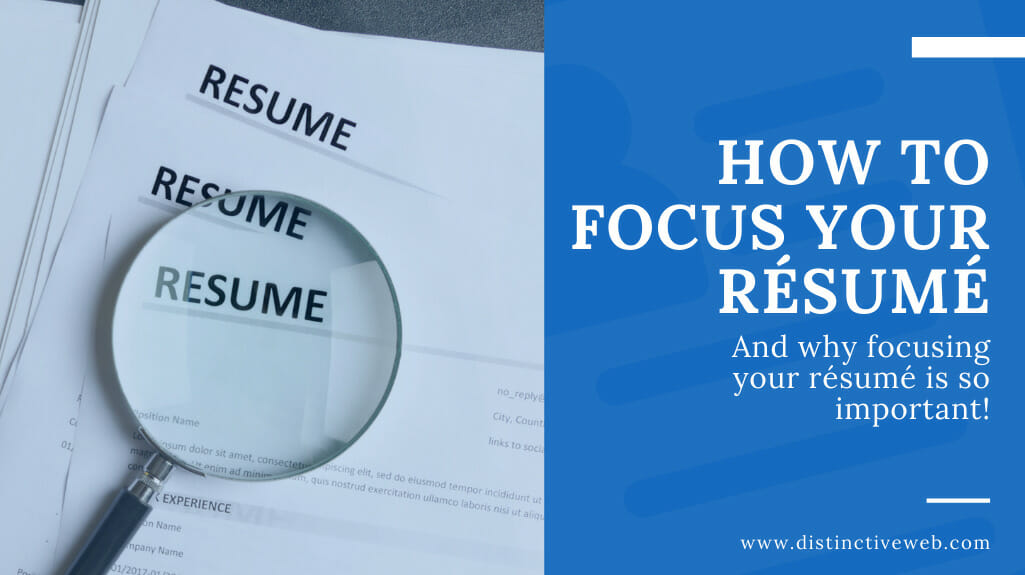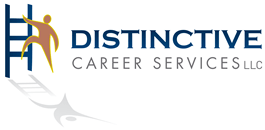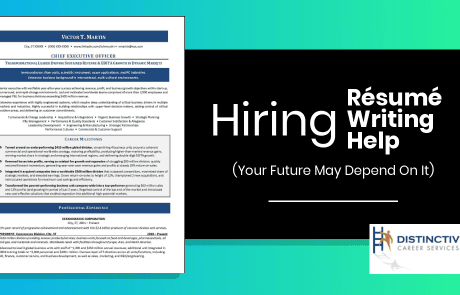
How do you know if your resume needs work? It’s simple. Ask yourself two questions.
1) Do you feel your resume accurately portrays you, your achievements, and the value you have to offer your next employer? Do you feel confident about your resume and about yourself when you use it?
2) Is your resume generating results that you are satisfied with? Are you happy not just with the quantity of response it generates, but the quality of response?
In the end, after all, it is really all about the results. You may have the best qualifications and best resume among all the applicants, but if it is focused incorrectly, it will pull poor results.
This is why focusing your resume properly is so crucially important!
Your Resume Focus & The Myth of a General Resume
Let me ask you another question:
If you don’t know what you want and where you are going, what makes you think a busy employer will take the time to figure it out for you?
Honestly, they won’t and they shouldn’t!
Not a week goes by that we don’t hear from a few prospective clients seeking resume writing help who tell us:
“I just want to find a job – any job.”
This might sound familiar to you. Have you fallen victim to the general resume myth?
But, the truth is, even if by some stroke of luck you land a position using this hit-or-miss, anything-will-do resume strategy, the job you land would very likely be one that you would be miserable in!
You may have the ability to do the job, but it wouldn’t be in line with your interests, your values, and your passions.
Since you are reading this post, it is very possible that you too are thinking of hiring a professional resume writer to help with your resume. Doing so is a wise investment, but I must be honest: if you are not able to express a focus for your career and job search, you aren’t quite ready to work with a professional resume writer.
But, even hearing this advice, so many people TRY to write a resume without a clear focus. Are YOU guilty of this?
Simple Steps to Focus Your Resume
What I would like to request is that you look at your resume with a fresh eye – try to look at it objectively as someone receiving it for the first time might look at it.
Is your focus immediately clear?
Within seconds – because that is REALLY all you have – will the recipient come away with an understanding of your job target –of the level and type of position you are seeking – and of exactly where you would fit in their organization and add value?
Be honest with yourself. This is really important! If you have trouble being objective, it may help to ask a friend or acquaintance for their impressions after a 10-second scan.
Okay then, assuming you do need to refine the focus of your resume – as most people do – you may be wondering just how to do that.
Now, this is a good place to mention resume objectives. In the past you were probably taught that objective statements were an essential part of the resume. But, this is no longer true.
Today, profile or summary sections are used to set the tone and focus for the resume.
Why?
Well, think about it: objectives tell the reader what you want from them. Profiles or summary sections tell the reader what you offer them.
This is a subtle but really important difference.
Your resume needs to be employer-centered and focused on how you will meet the employer’s needs, solve their problems, and add value to their organizations. Your resume must be focused, but the more modern way of doing this than an objective statement is to create a headline statement that is incorporated as part of your summary or profile. This is hard to describe verbally, but you can see examples of profiles and headline statements on the numerous example resumes we have displayed in our portfolio of examples.
The best job target, of course, is the well-defined one. At the very least, you should be able to articulate and succinctly state the job function that you want to perform and the professional level you are targeting. But even these two criteria are quite broad.
To be really effective you should pair those criteria with one or more criteria. For example, the industry you plan to target, the company size or type you are interested in, or maybe the type of product or service developed or sold by the company.
You’ll be using all of this information to create a really strong and focused headline statement and summary profile.
But don’t stop there. Your resume is a marketing document! It is not an autobiography.
Your resume is, at its very core, an advertisement of the specific benefits you have to offer in relation to a specific type of position.
Every word and element in your resume should serve a purpose and should support your job target. If irrelevant or extraneous data that does not support and promote your job target is left in your resume, you will dilute your focus and will almost certainly confuse the reader. Don’t let that happen and don’t make the mistake of thinking you need to include everything about yourself in your resume. Once you know your focus, look at the body of your resume, and eliminate or reframe everything that doesn’t serve your job target.
Also, remember that you are writing to the future in your resume, not about the past. Your resume content should be guided by who you want to be and how you want to be perceived.
You need to know your goals and write from those perspectives.
If you are involved in a career transition, you need to be absolutely honest and truthful while re-evaluating, re-weighting, and reframing past experience to bring the transferable qualifications to the forefront.
A well-defined target will guide you in your entire job search – in how you prioritize your skills and past experience as a focus for your resume and other job search documents, the people that you contact and network with, and the companies that you research and ultimately apply to.
So are you ready to take action?
Take some time right now – today – to make certain that your resume is clearly, accurately, and immediately conveying your focus and your job target to the reader. This simple step will dramatically enhance your resume and the results it generates.
Updated and republished from an article originally published on this blog, March 2, 2011.









